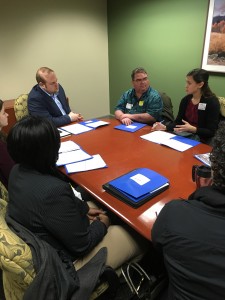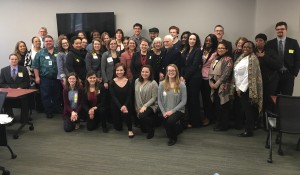Legislature’s irresponsible budget plan slashes front-line protections for public health
MEC and our partners at the Michigan League of Conservation Voters released a report Thursday showing that deep budget cuts proposed in Lansing and Washington put at risk essential programs for protecting the Great Lakes, ensuring safe drinking water and cleaning up toxic contamination.
In the short time since we released the report, the state budget picture has come into clearer focus. And it’s worrisome, to say the least.
The report, prepared by Public Sector Consultants, compiles for the first time all the known environmental programs and public health protections threatened by the proposed cuts. President Trump has called for slashing the Environmental Protection Agency budget by nearly a third, while Michigan lawmakers aimed to cut state support for the Department of Environmental Quality by $13 million under a House plan and more than $26 million in the Senate proposal.
The analysis shows that the combination of the Legislature’s planned cuts and the president’s plans to gut federal programs could be disastrous for state-level environmental programs in Michigan. That’s because federal funds make up a significant share of the DEQ’s budget—more than a quarter in the current fiscal year. In 2016 the state received more than $168 million in EPA grants for water infrastructure and environmental protection activities, with the vast majority going to the DEQ—which puts those dollars to work supporting local governments and nonprofit partners like watershed councils, local cleanup groups, researchers and others. The rest of the federal funds support 200 employees who are responsible for protecting our air, land and water quality.
Just after we released the report, House and Senate leaders held conference committee meetings to finalize an agreement between the two chambers that cuts nearly $10 million from the DEQ budget in 2018. While not as severe as anticipated, it remains an irresponsible budget that does nothing to address serious threats to public health. Read more














